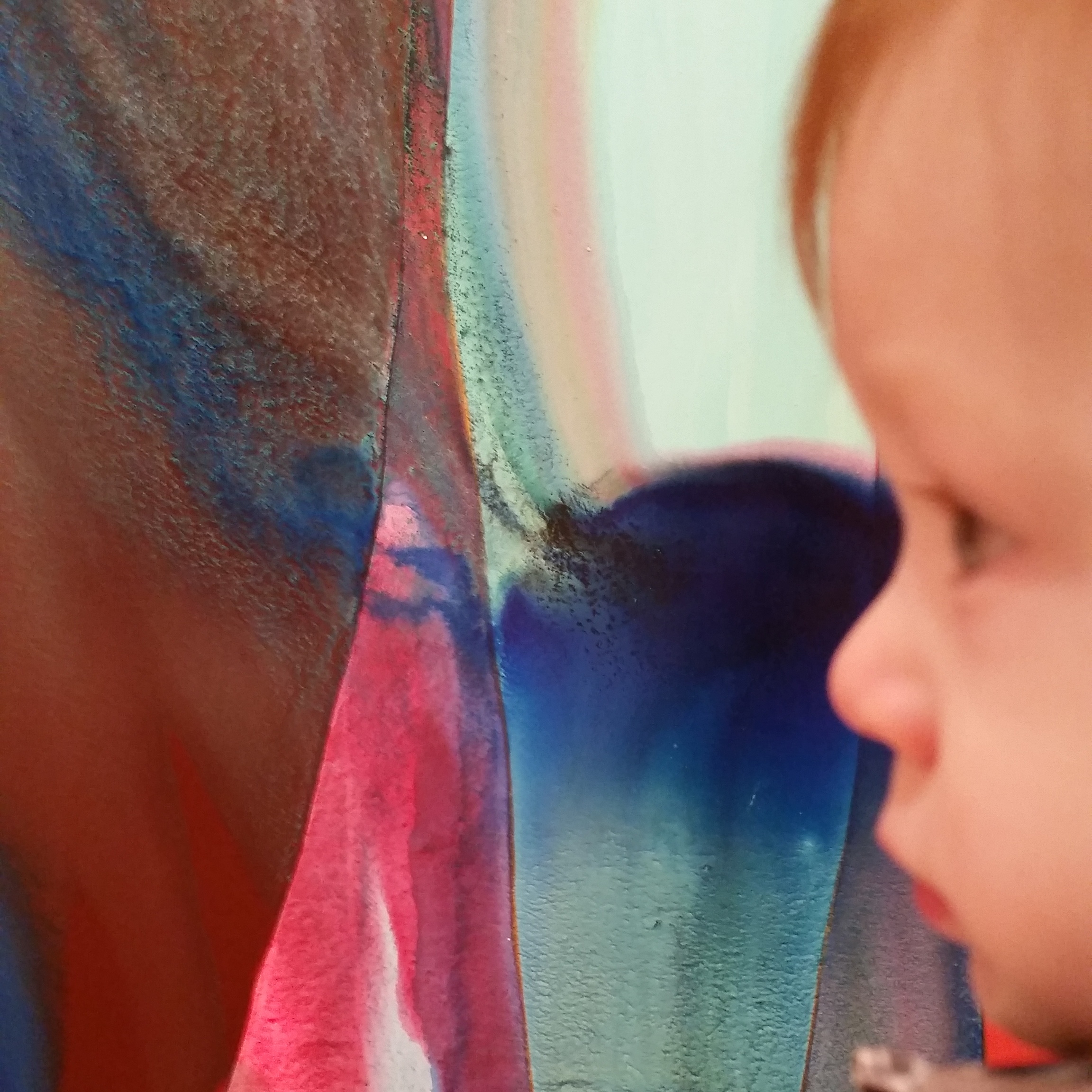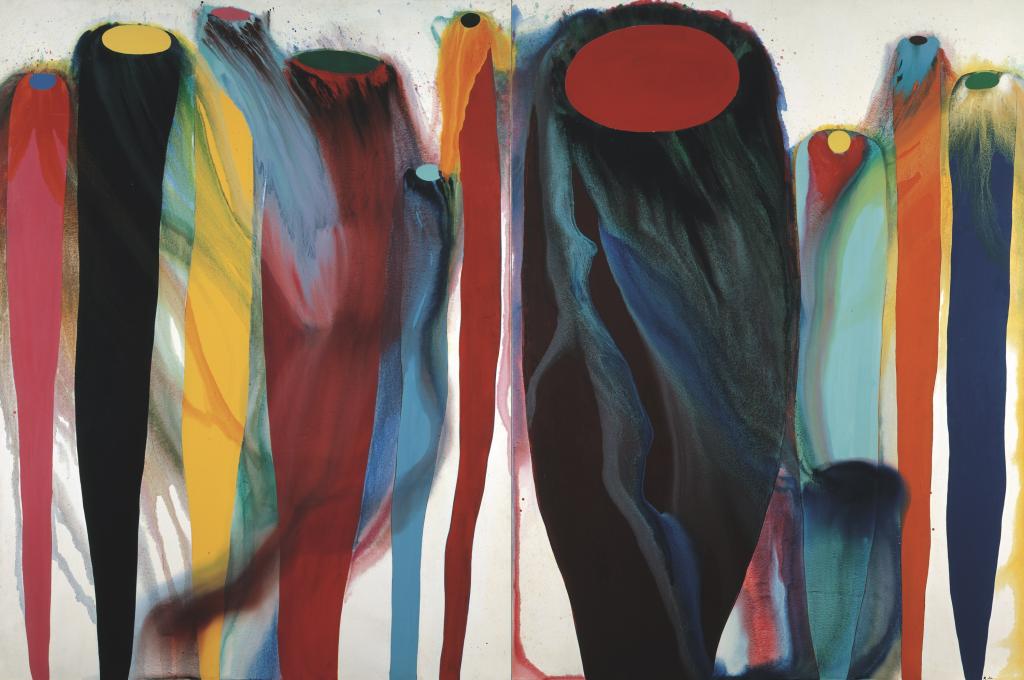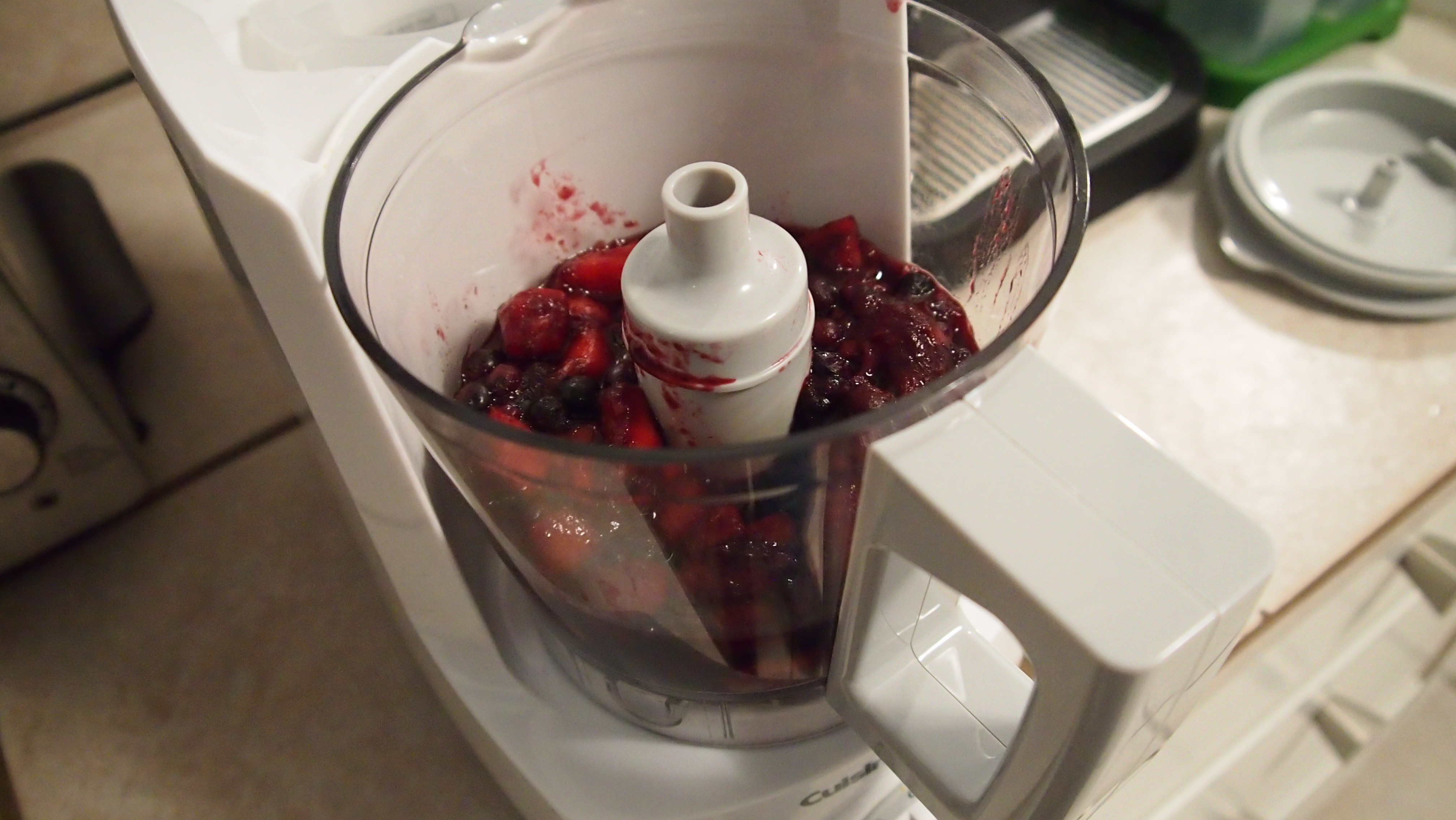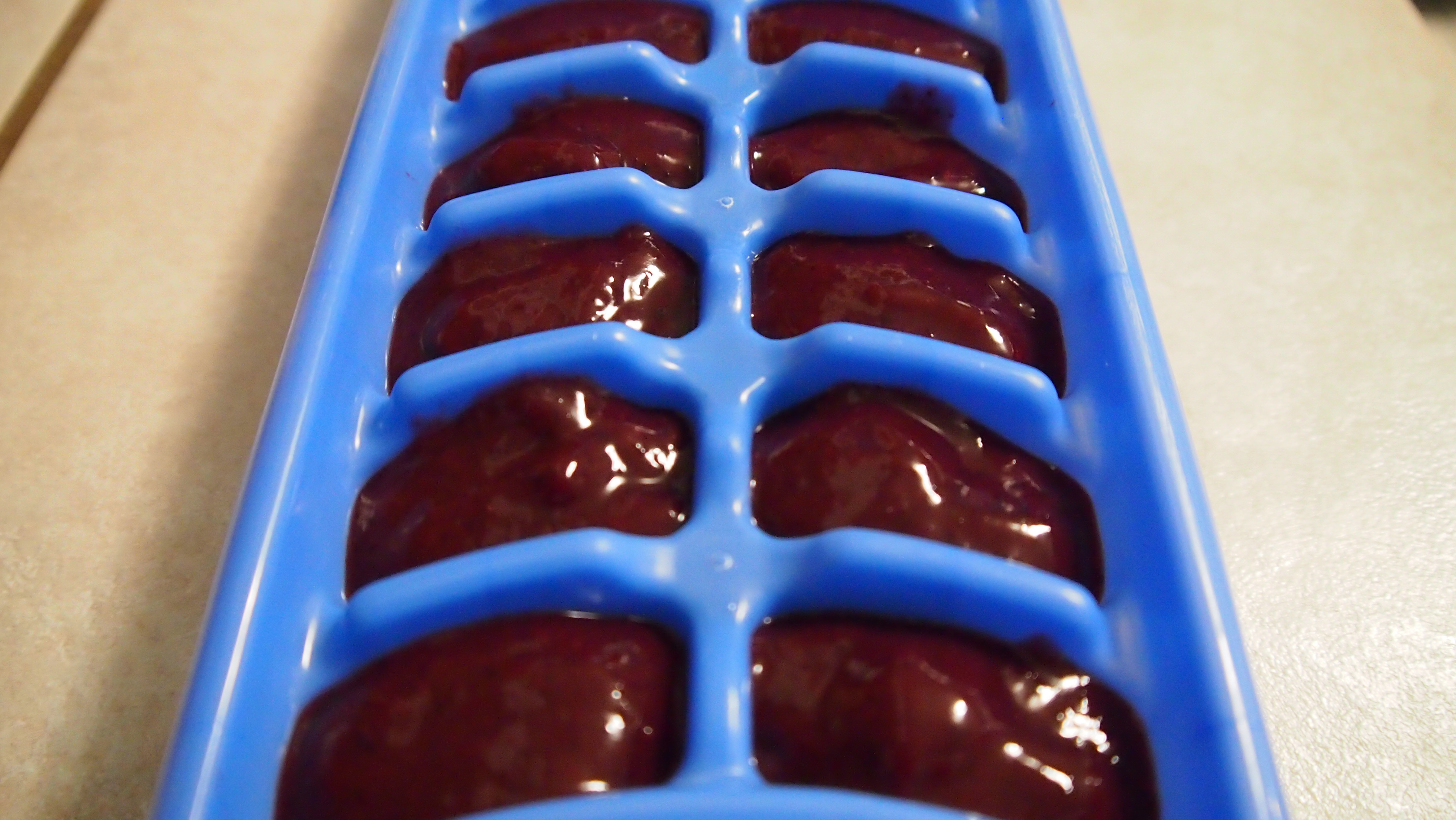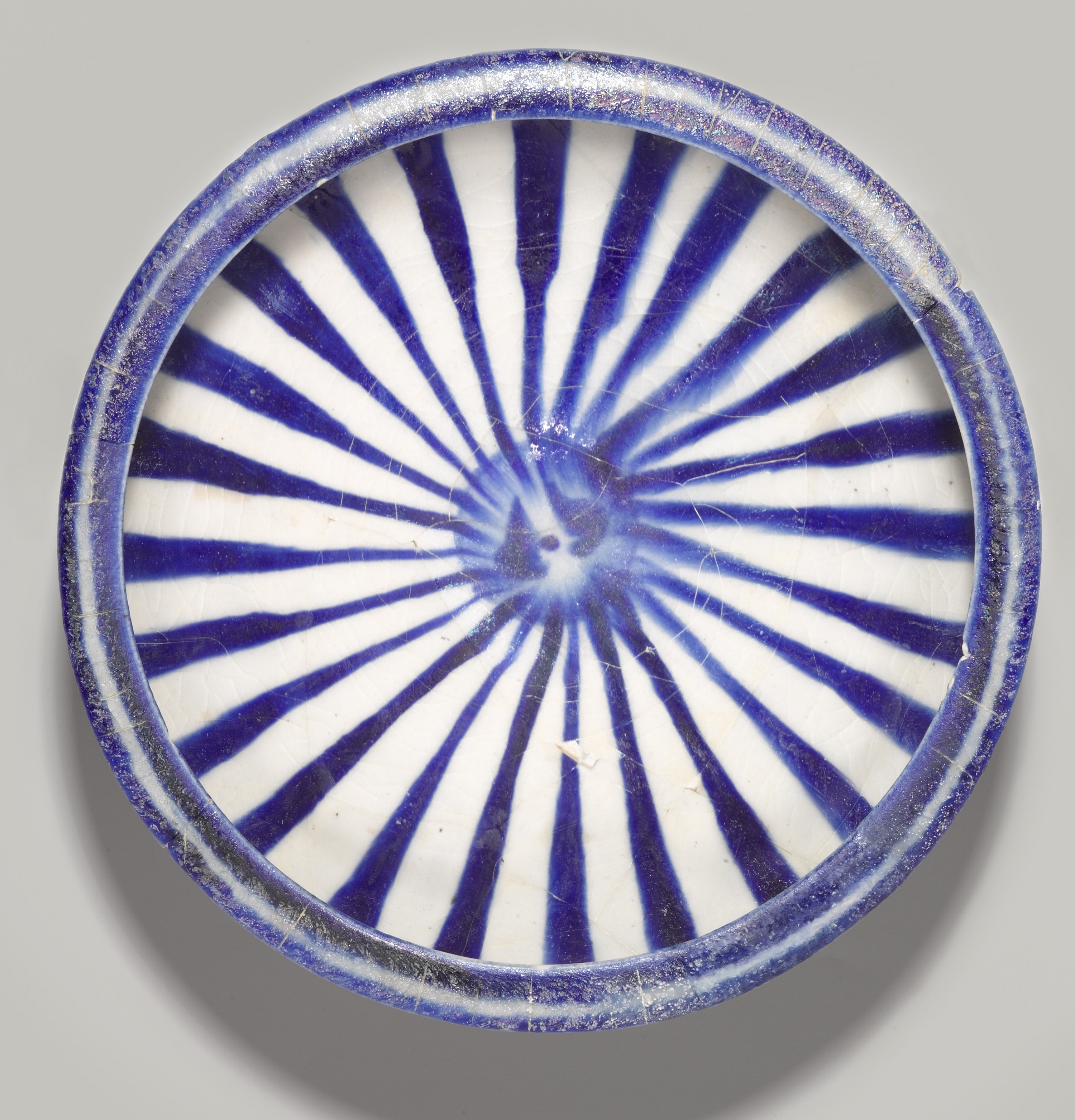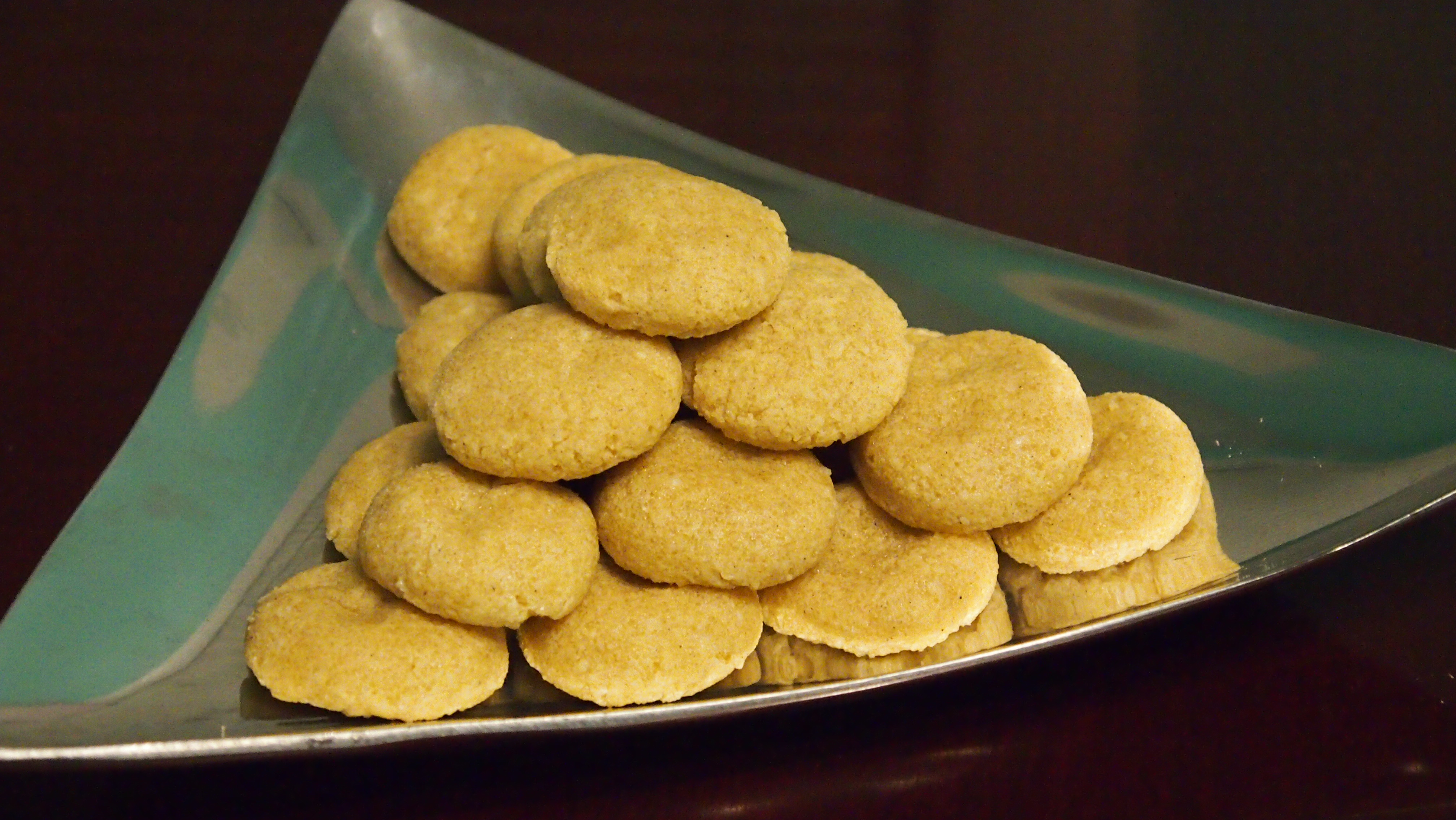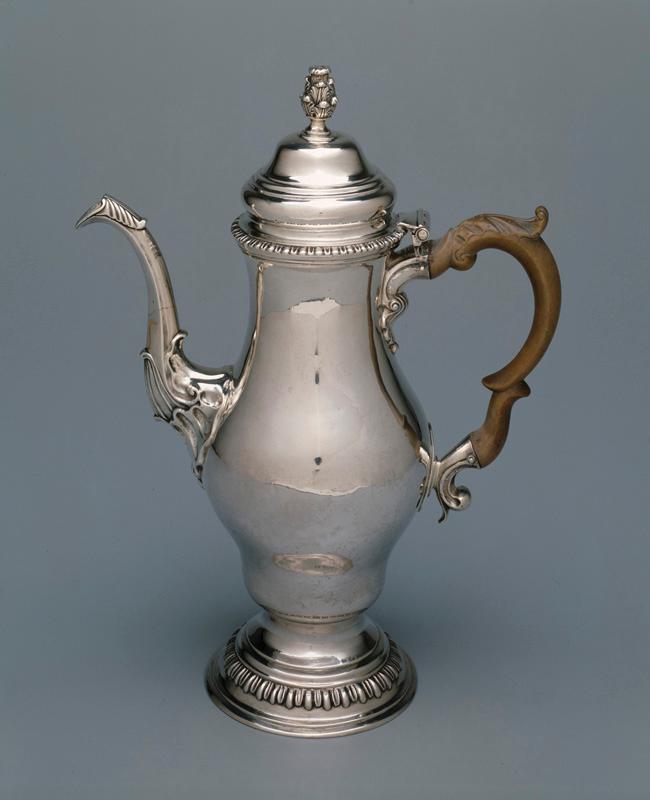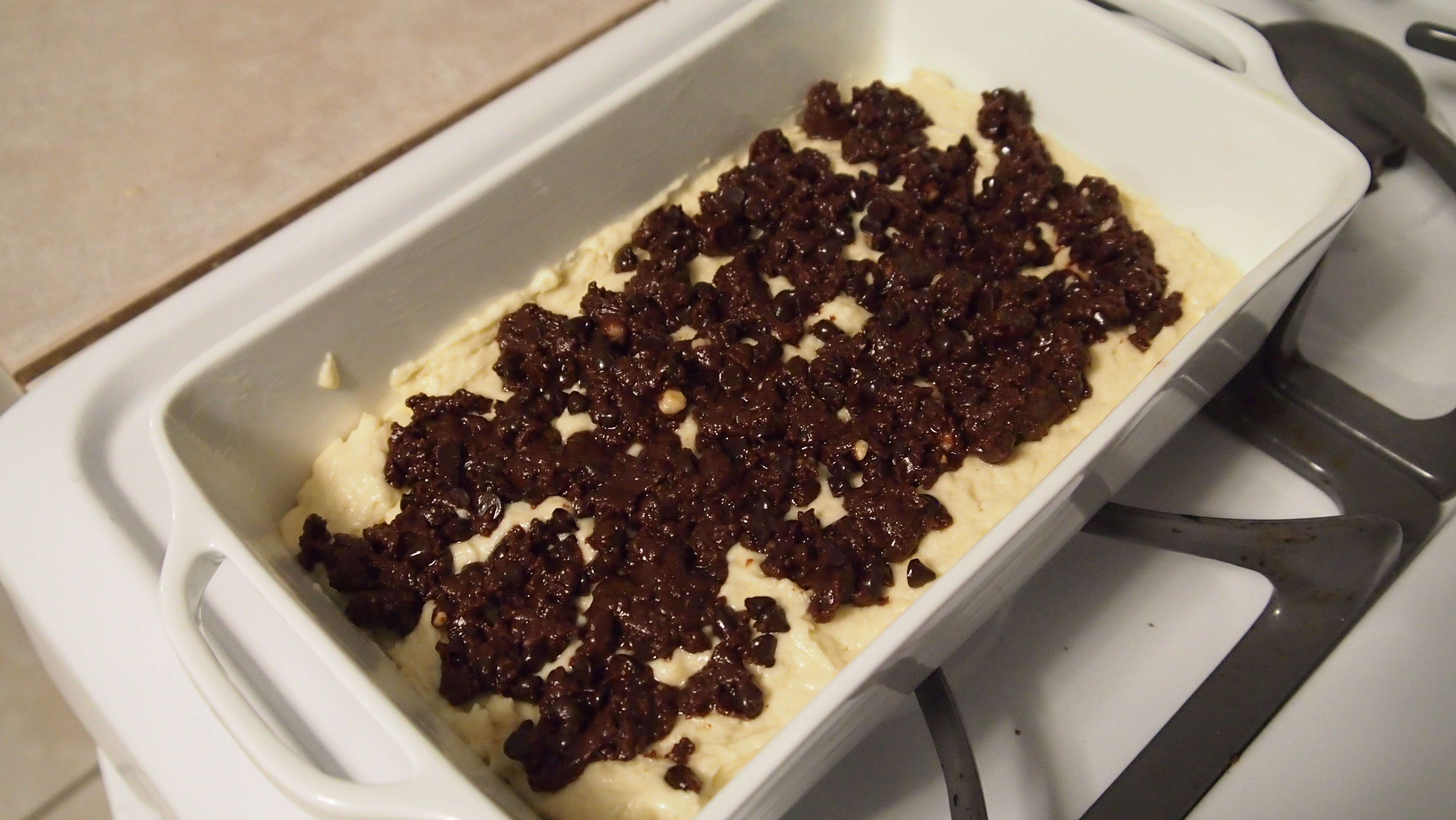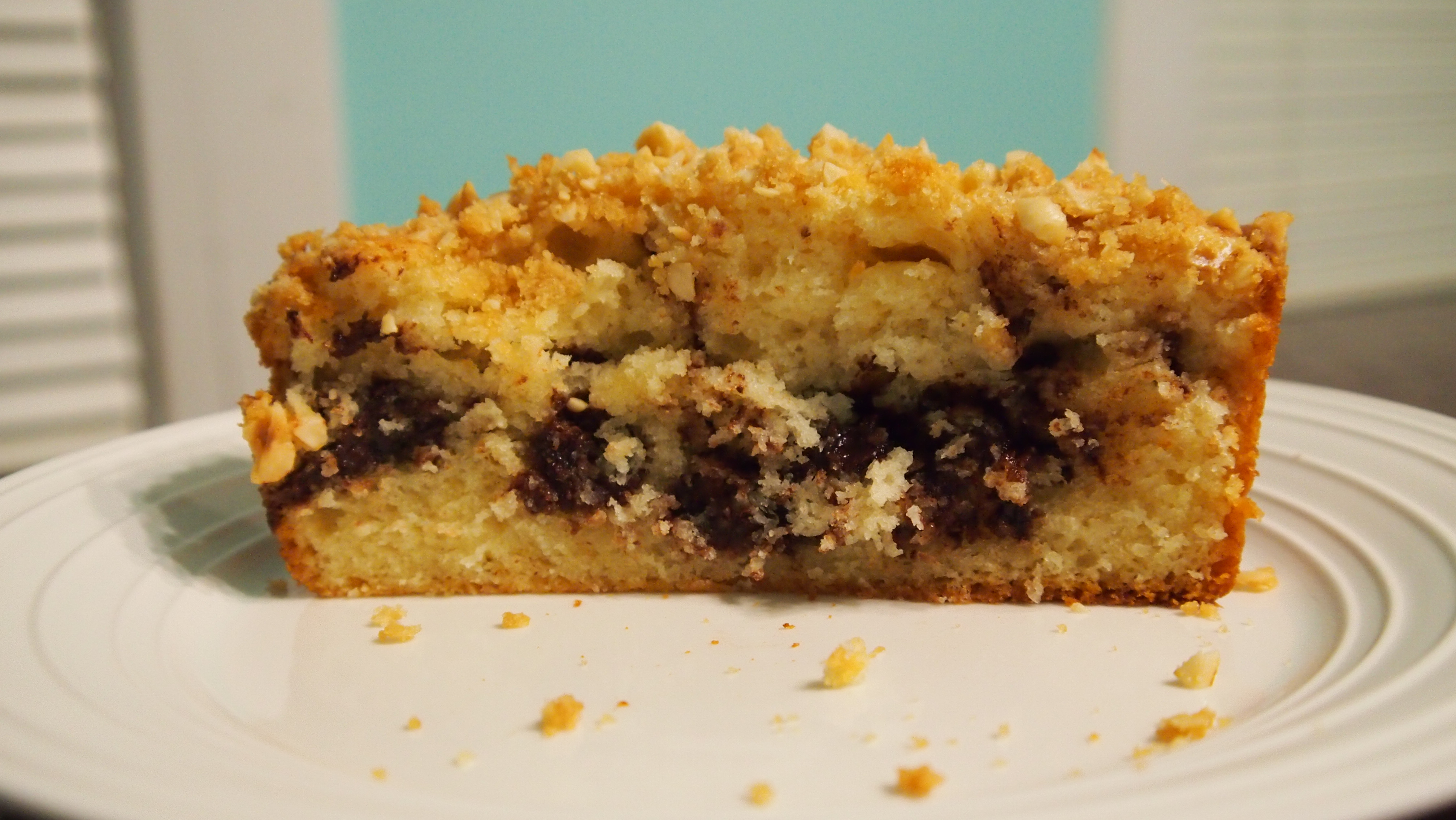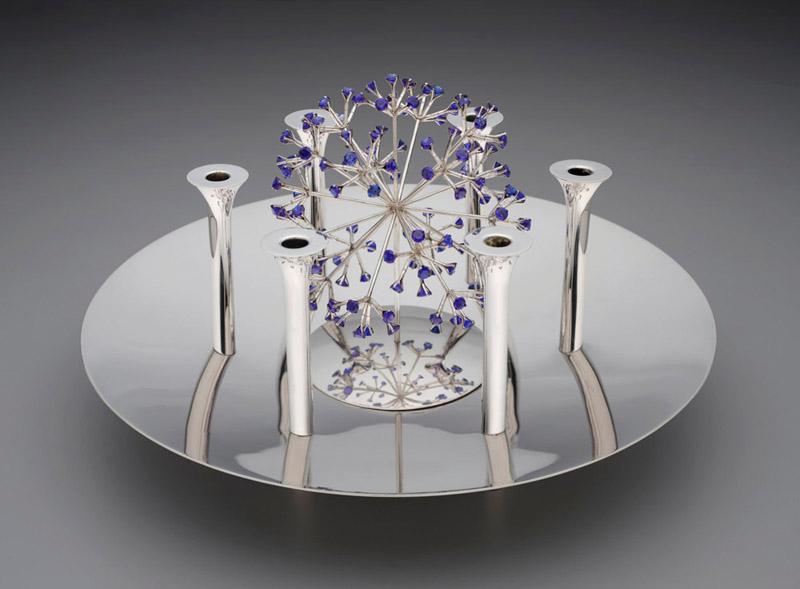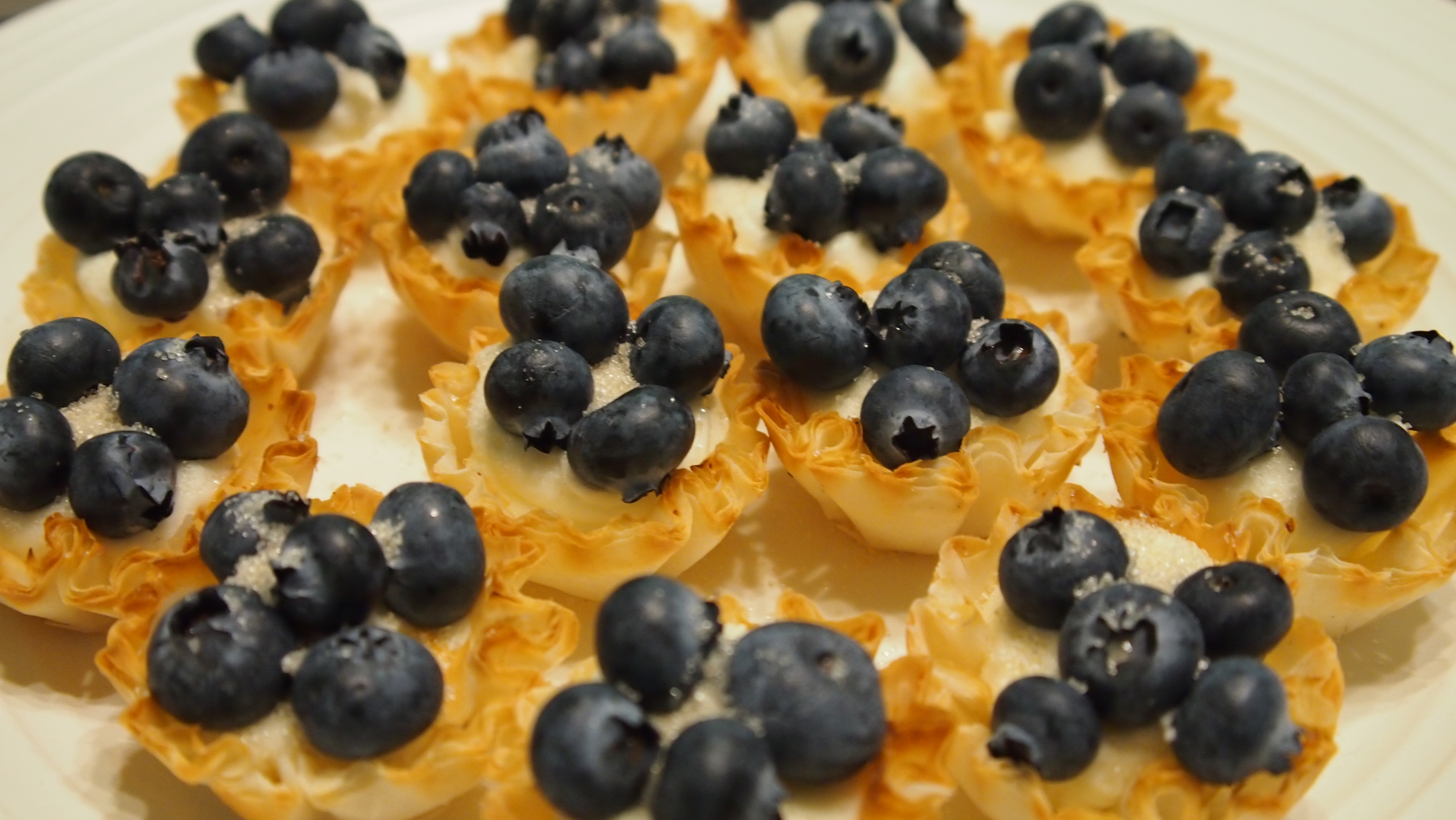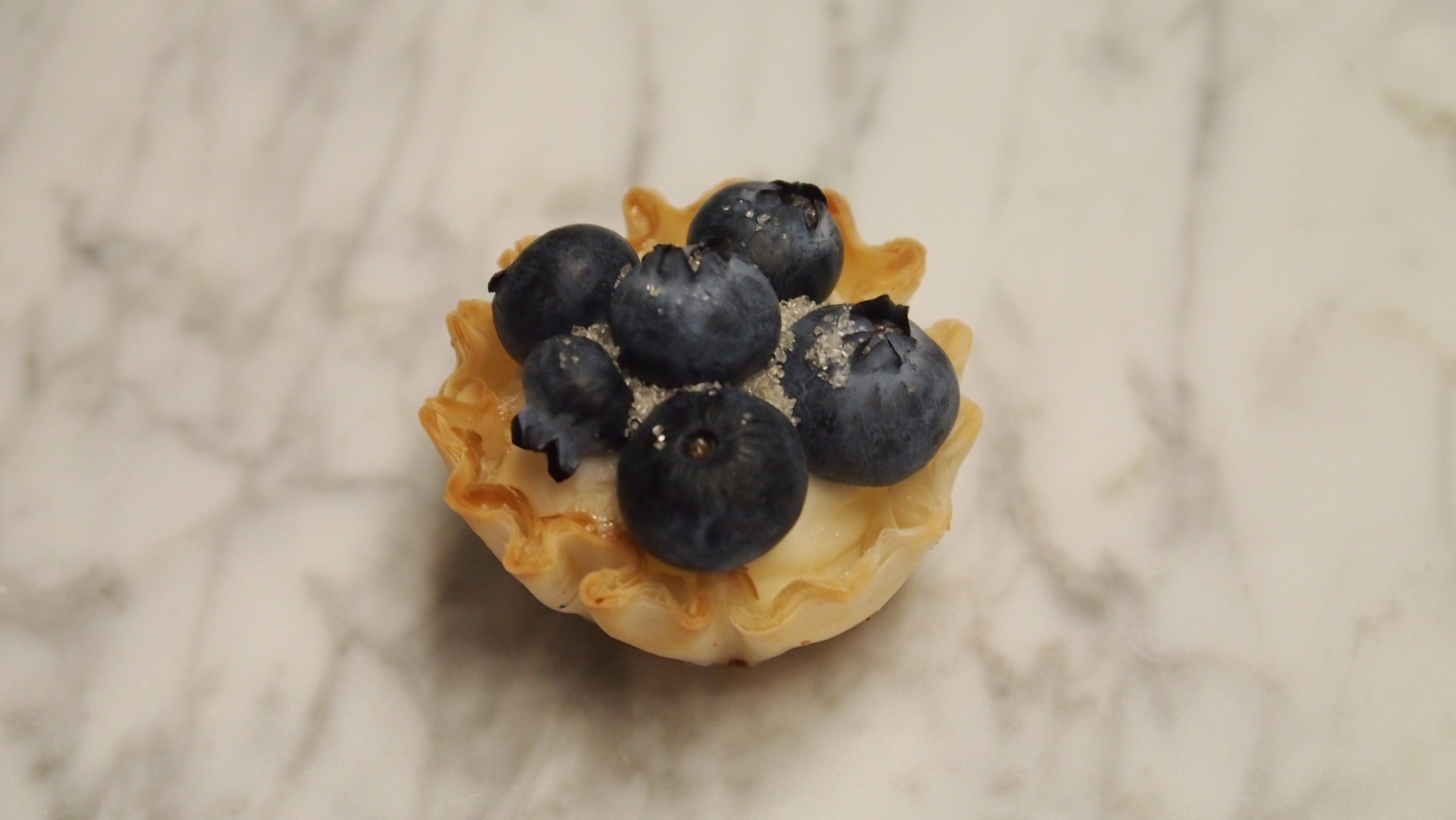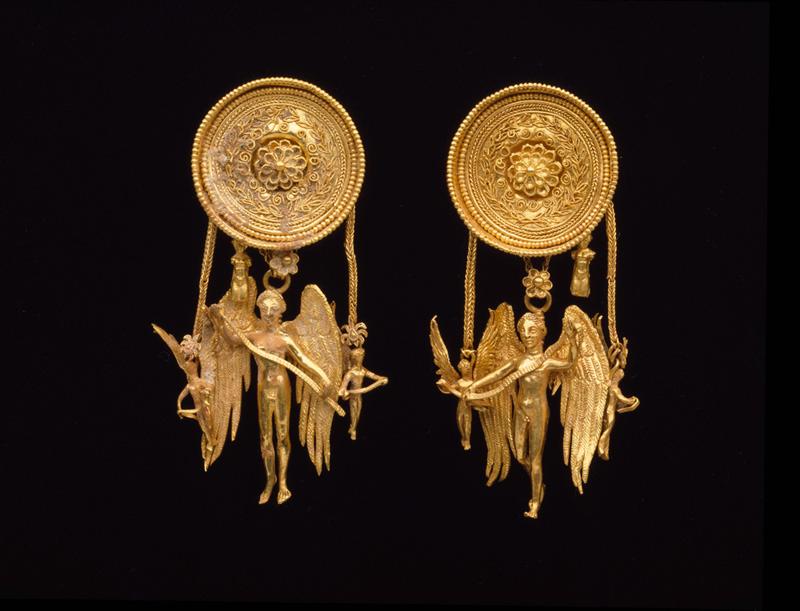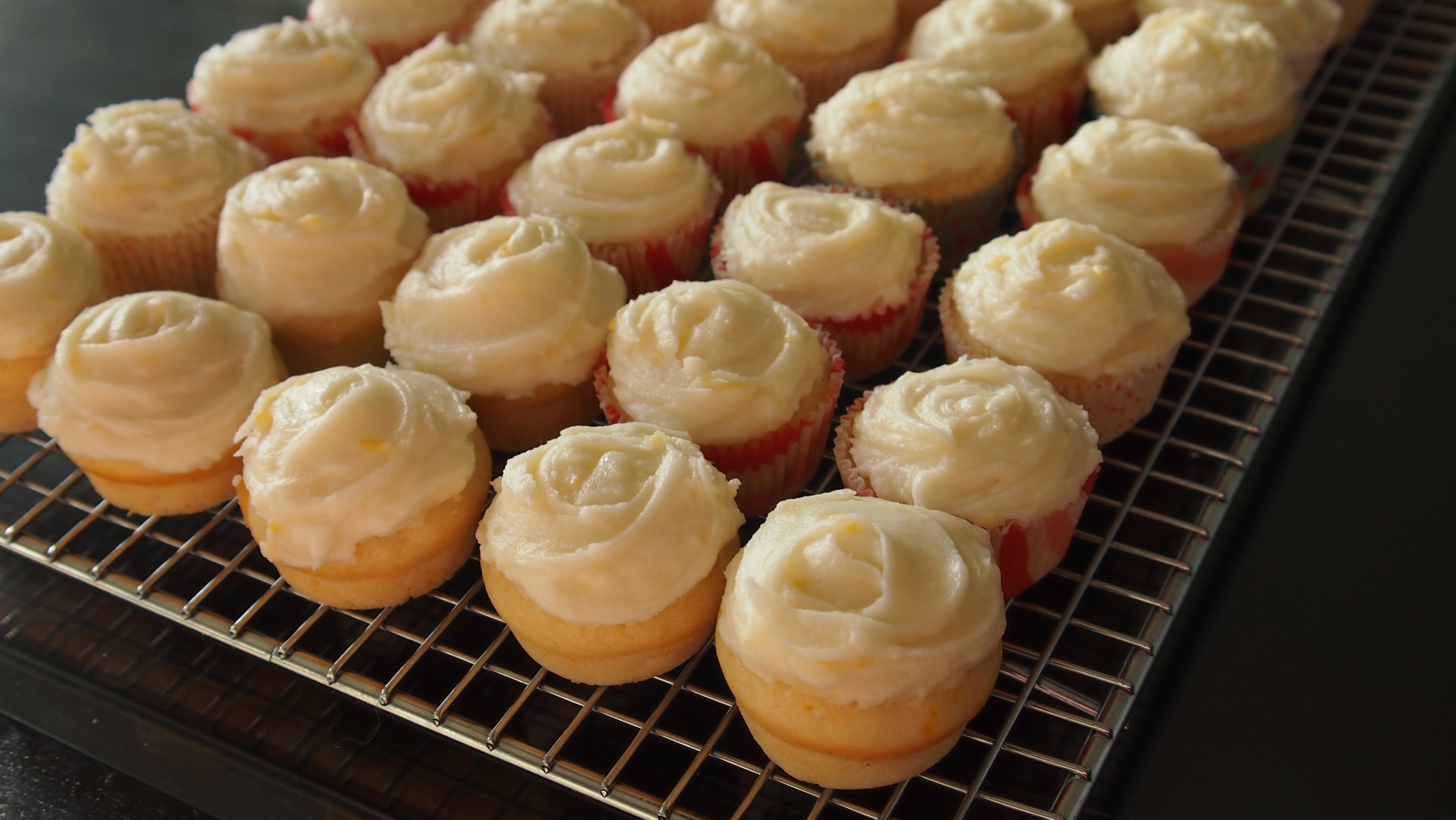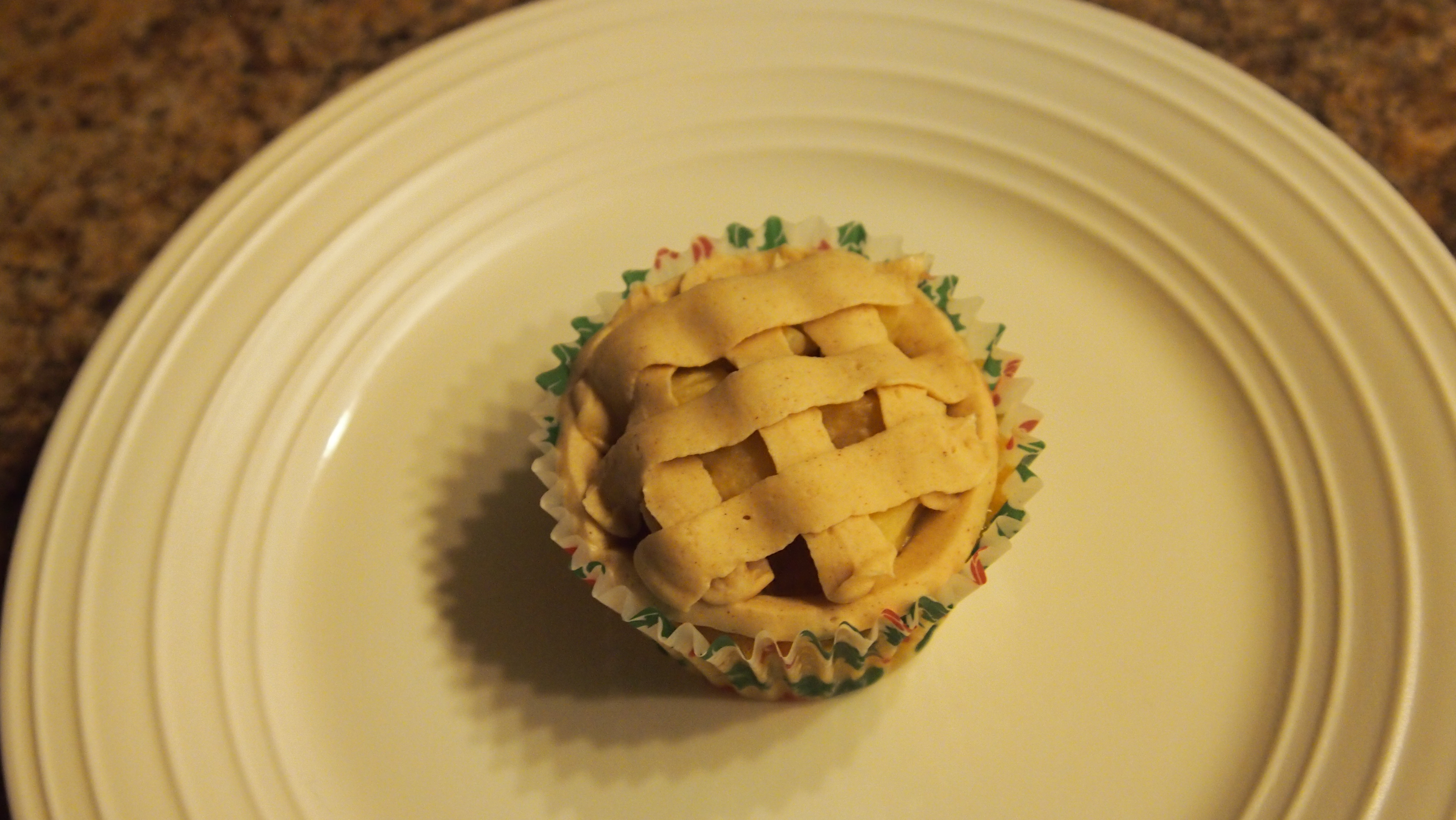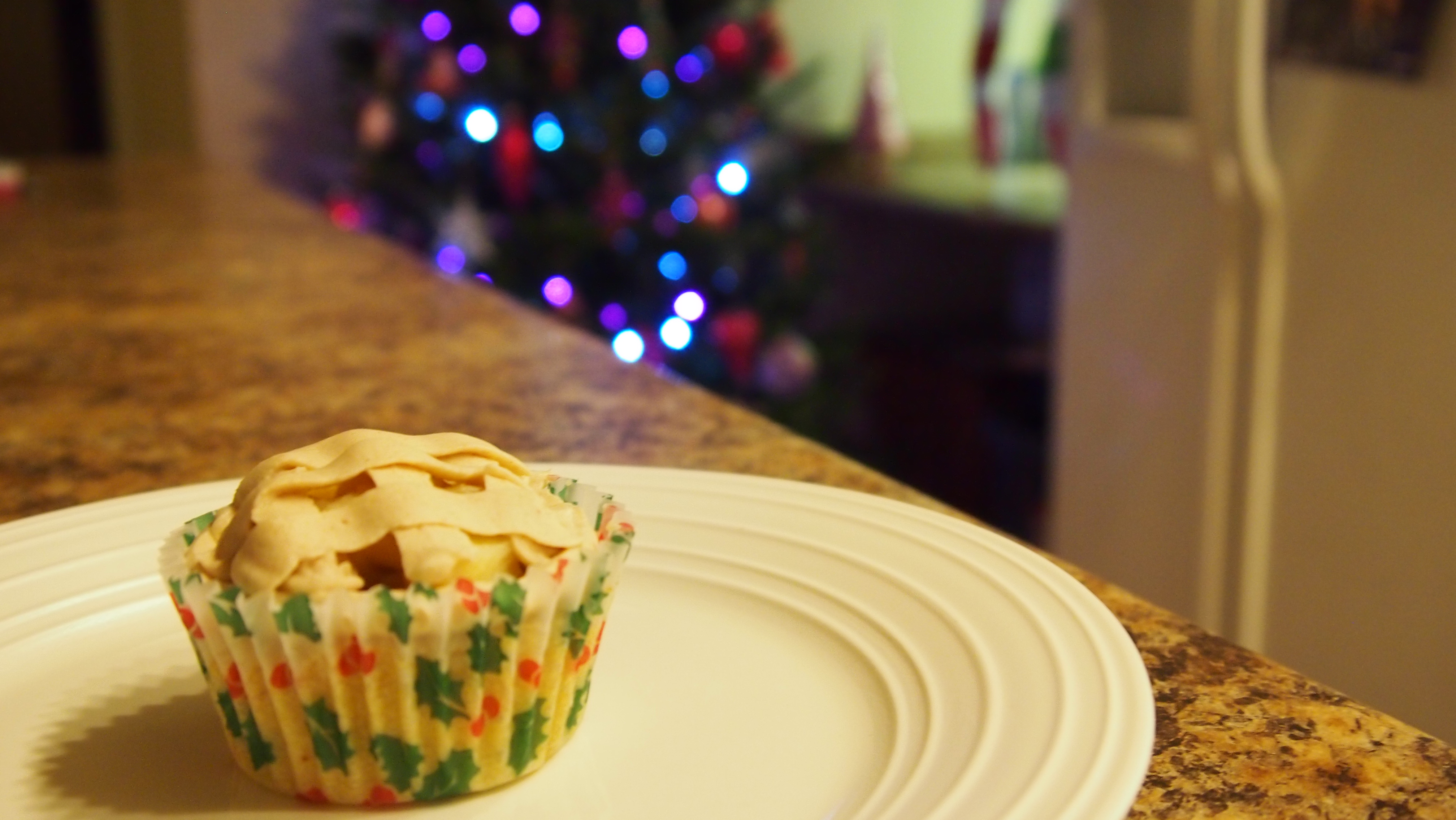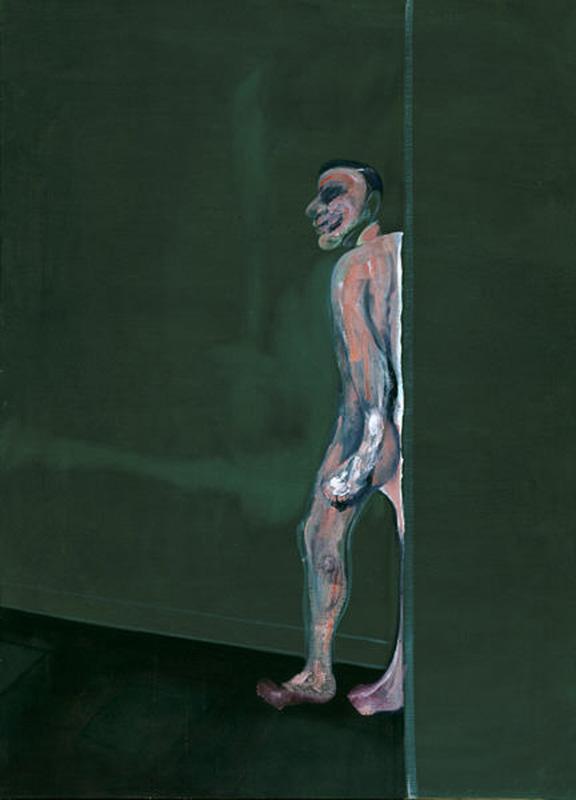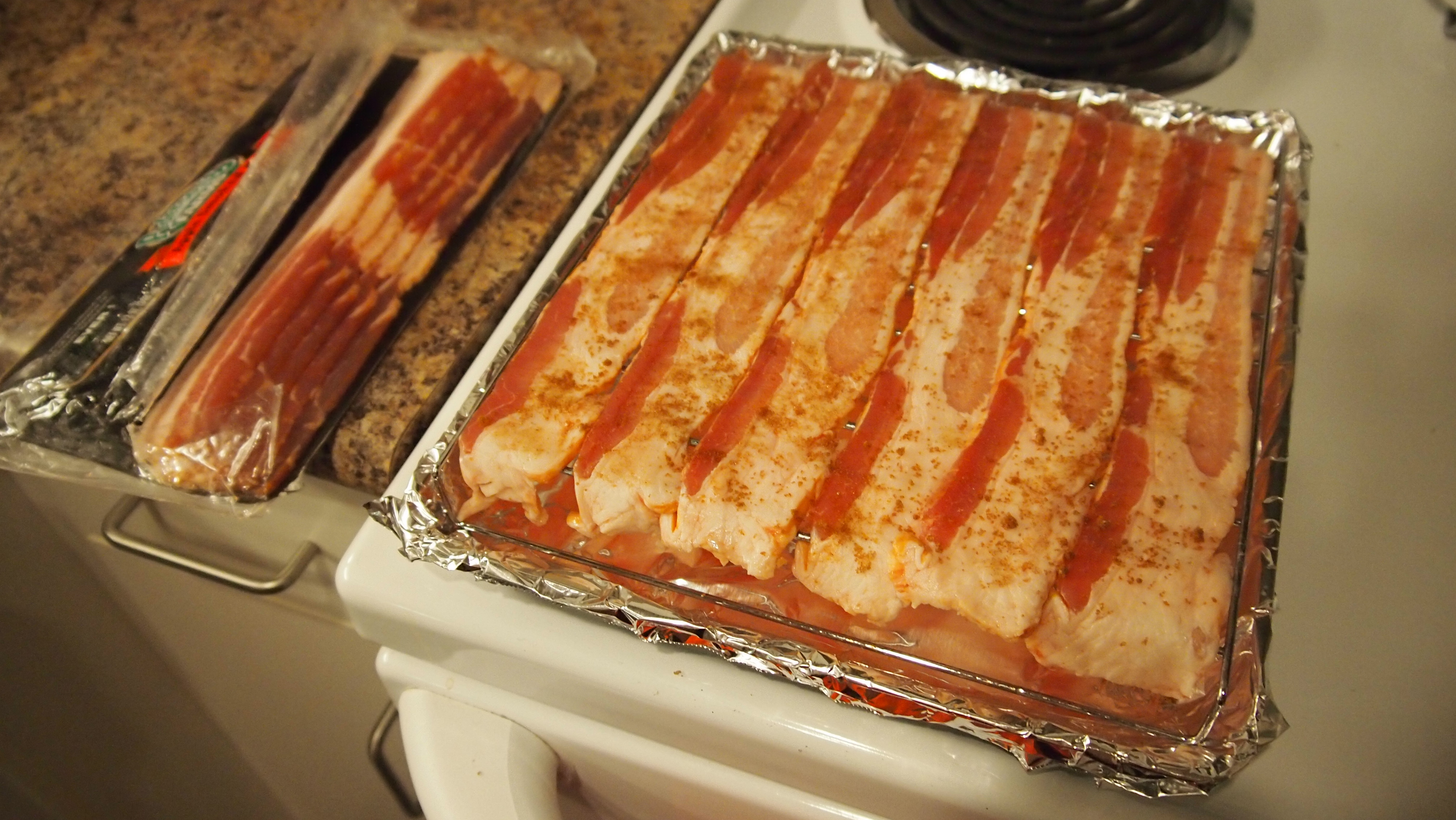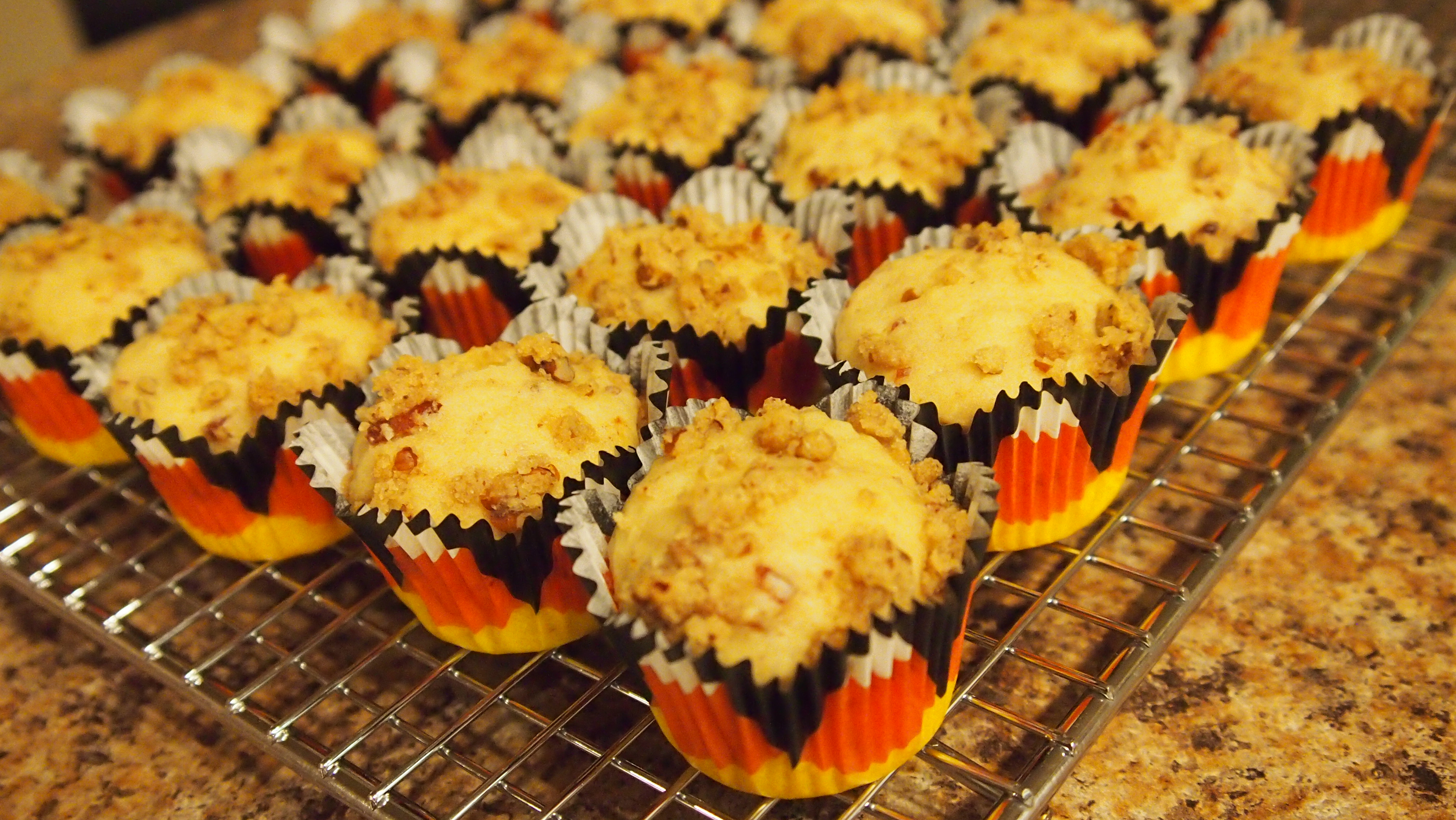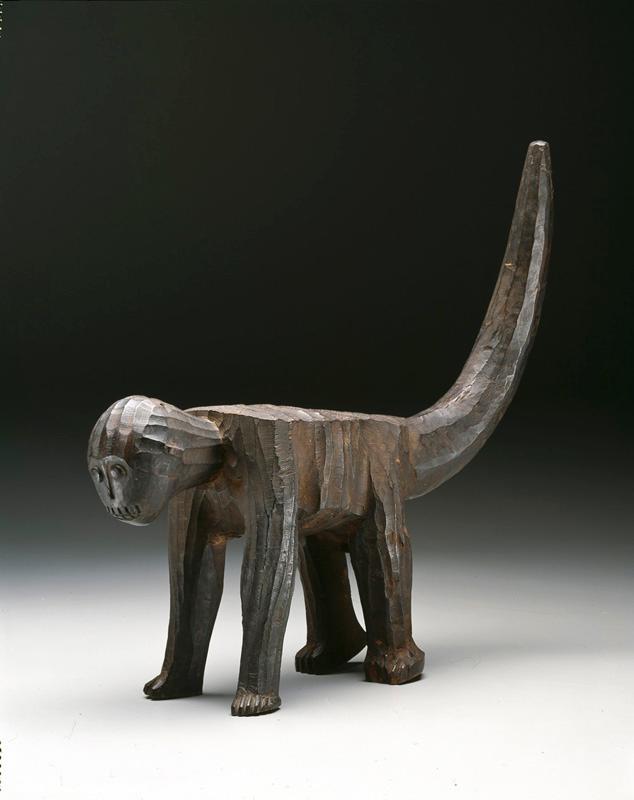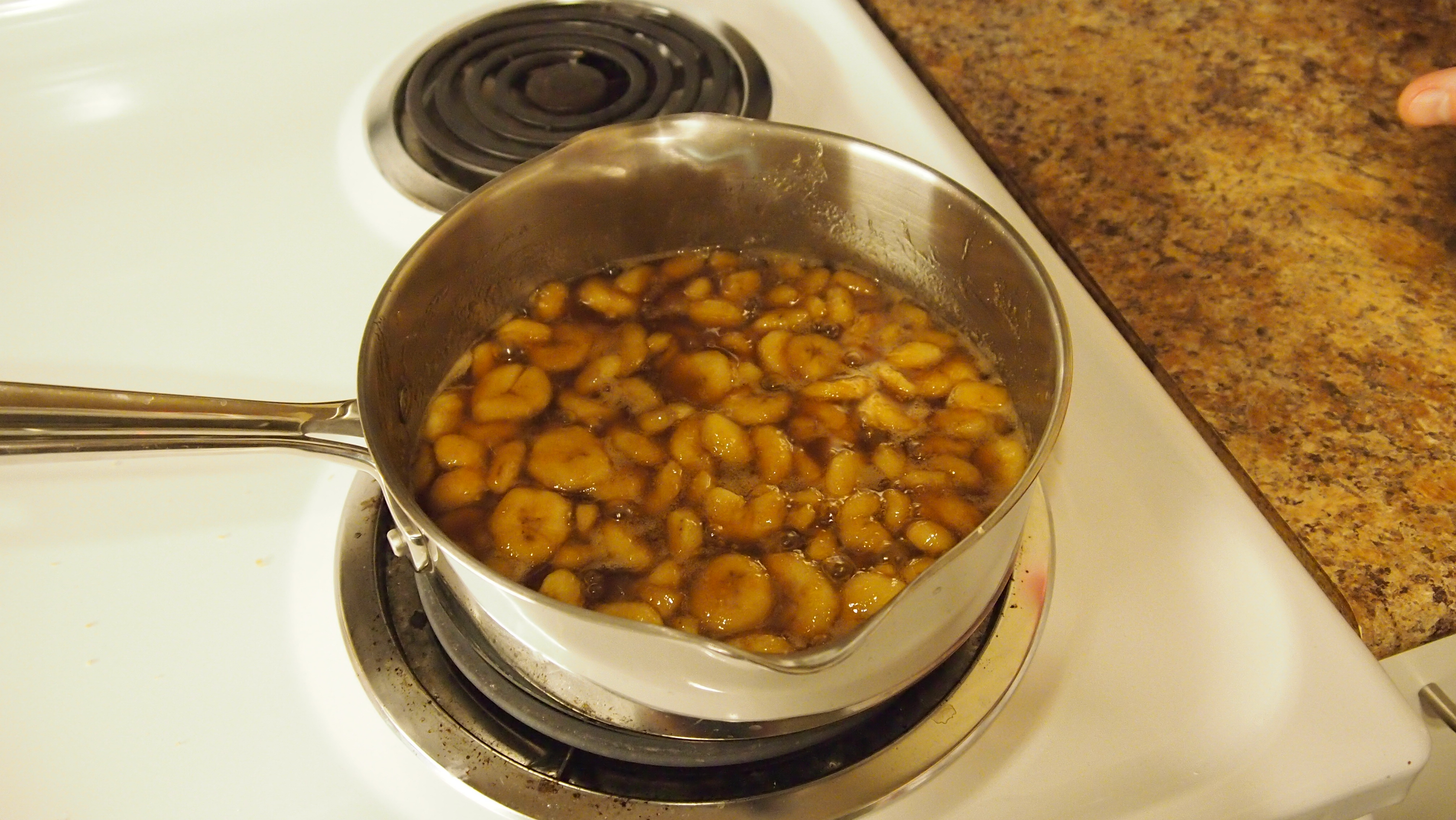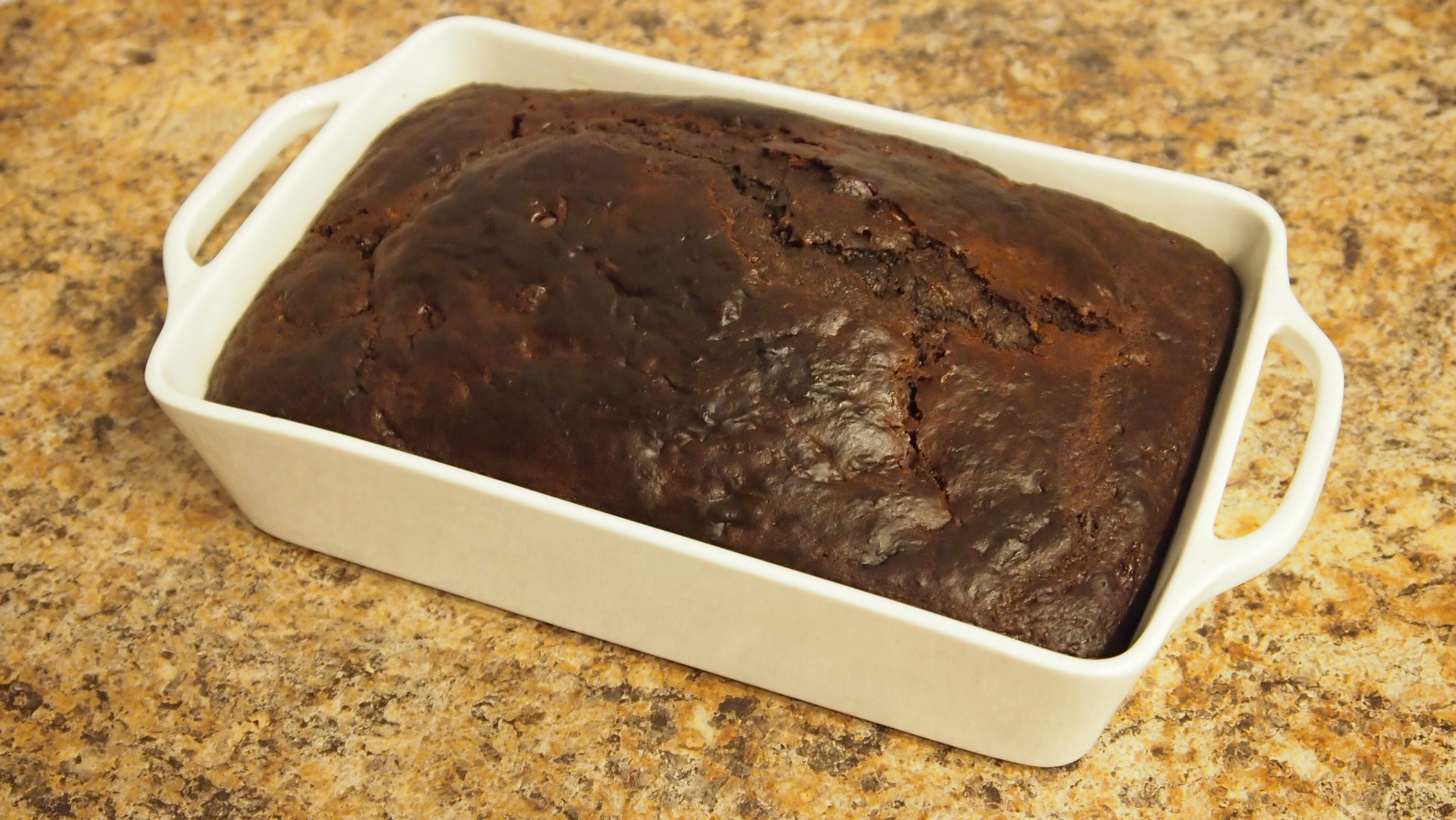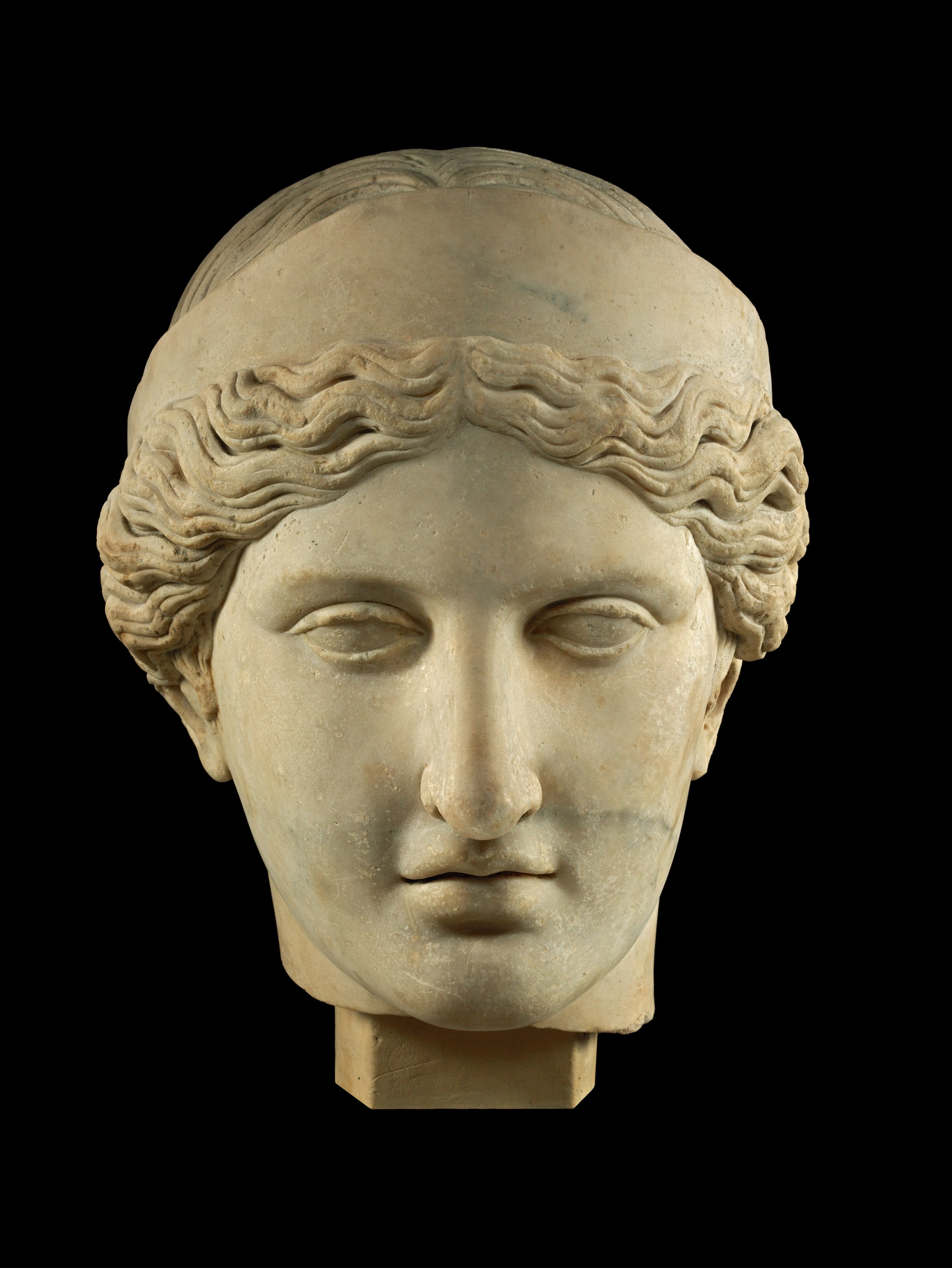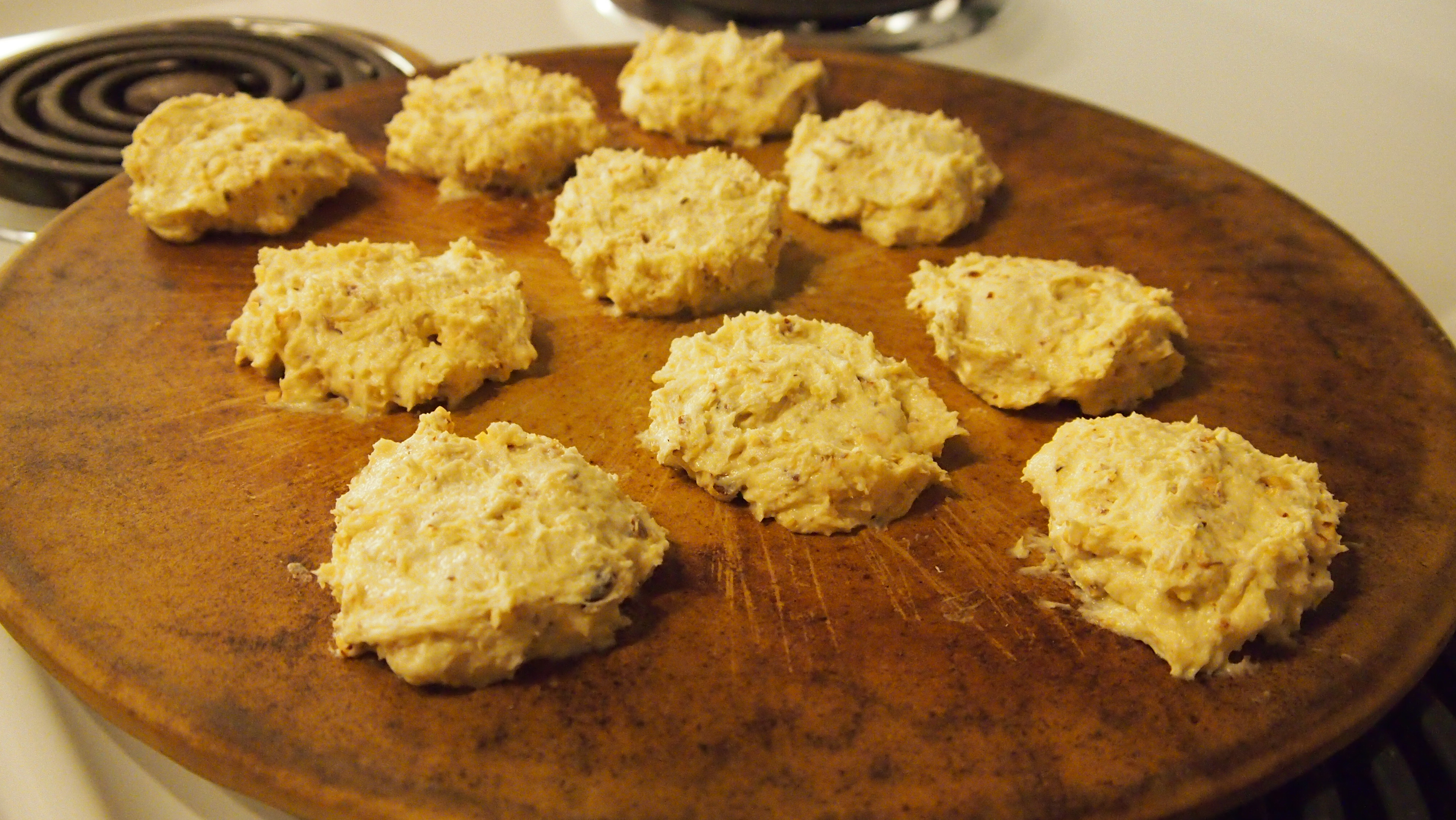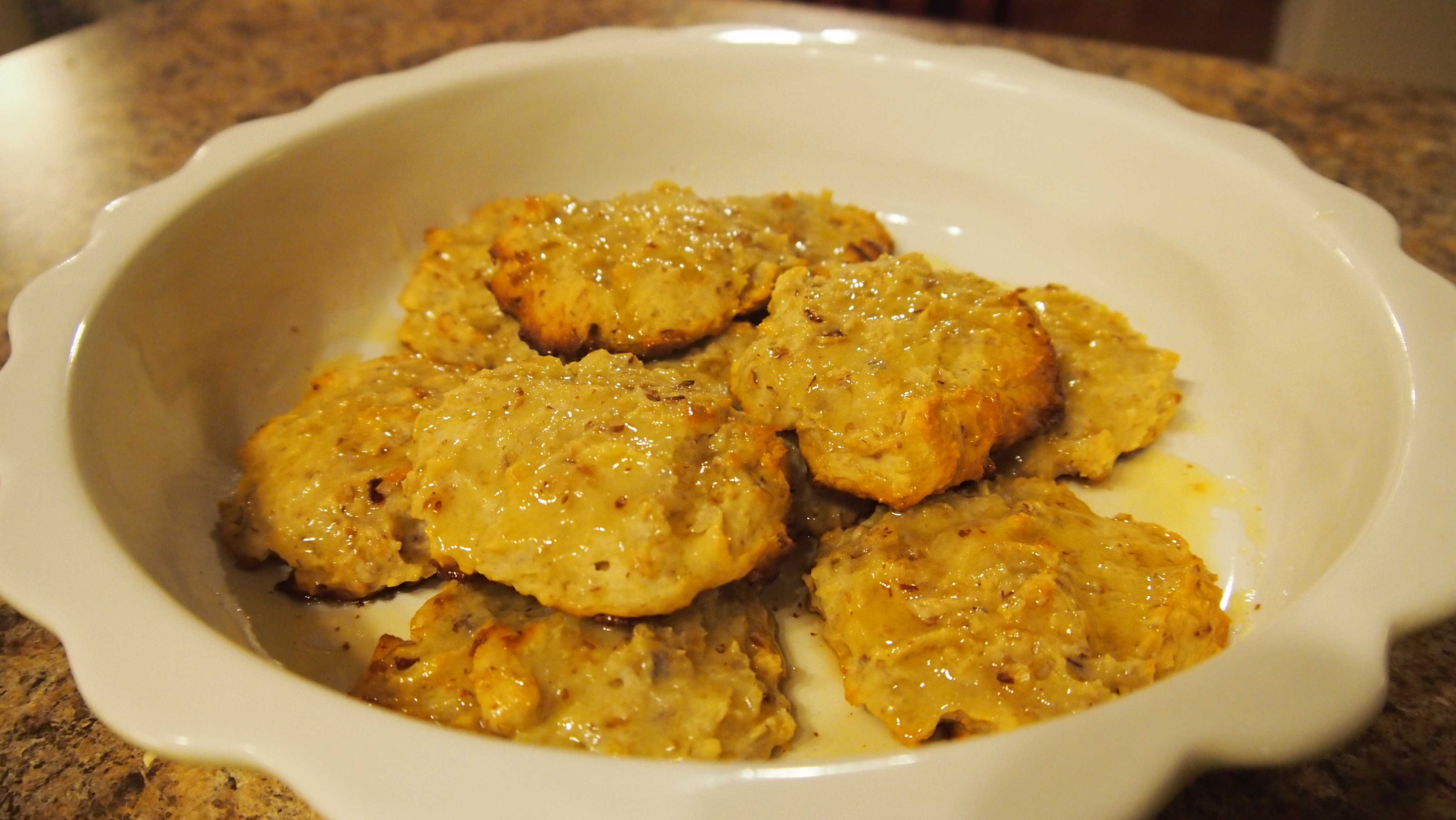Lavender is a plant prized for its healing properties, pleasant fragrance, and–particularly in France–its unique flavor. Fragrant purple fields of these flowers can be found across the south of France, especially in the Provence region. Van Gogh moved from Paris to this area in 1888, to the ancient city of Arles. One September evening, he set up his easel on the square and painted the cafe, which he later translated into this reed pen drawing from the Museum’s Reves Collection. I think these delicate lavender cookies would be the perfect treat to enjoy while sipping a café au lait at this charming spot.
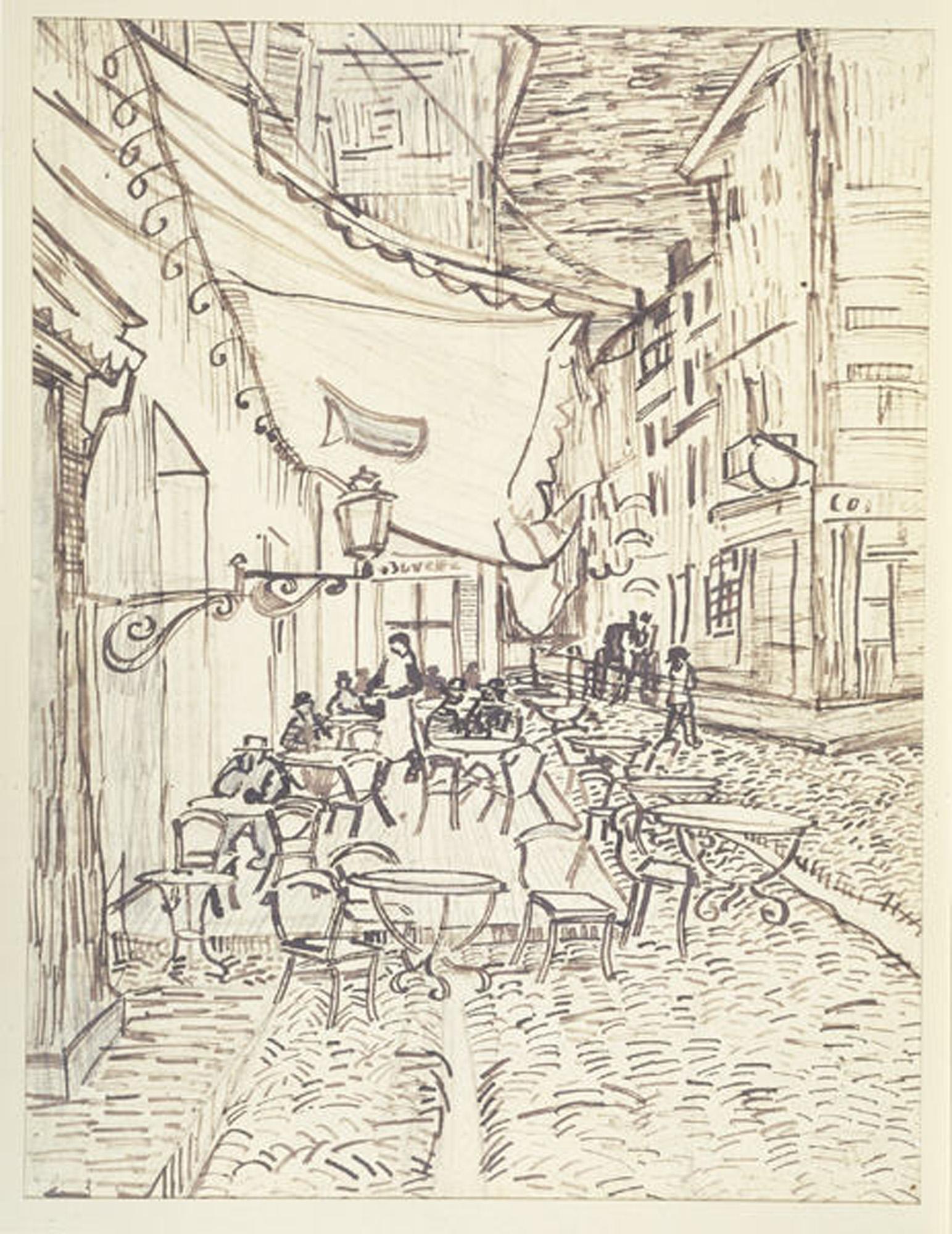
Vincent Van Gogh, Café Terrace on the Place du Forum, 1888, Dallas Museum of Art, The Wendy and Emery Reves Collection.
Lavender Cookies
Yields about 60 cookies
Level: Easy
2 teaspoons dried lavender, chopped or ground
1 cup sugar
2½ cups flour
1 teaspoon baking powder
½ teaspoon salt
½ cup shortening
½ cup (1 stick) unsalted butter, room temperature
½ teaspoon almond extract
1 egg plus 2 egg yolks, room temperature
Preheat oven to 375° F. Line rimmed baking sheets with parchment paper.
In the bowl of a stand mixer fitted with paddle attachment, stir together lavender and sugar. Set aside for a few minutes, allowing lavender to infuse. In a separate bowl, stir together flour, baking powder and salt.
Add shortening and butter to lavender sugar and beat at medium speed until light. Add almond extract, then slowly incorporate eggs, mixing well until combined. Slowly add dry ingredients to mixer, stirring on low speed and scraping down sides of bowl until fully incorporated.
Using a tablespoon scoop, drop dough onto prepared baking sheets. Bake 9-11 minutes until tops begin to crinkle.
When removed from oven, cookies will look soft and should remain so at room temperature. Allow to cool slightly on baking sheet then transfer to metal rack to cool completely.
Note: Dried lavender can usually be found in the bulk area of specialty grocery stores.
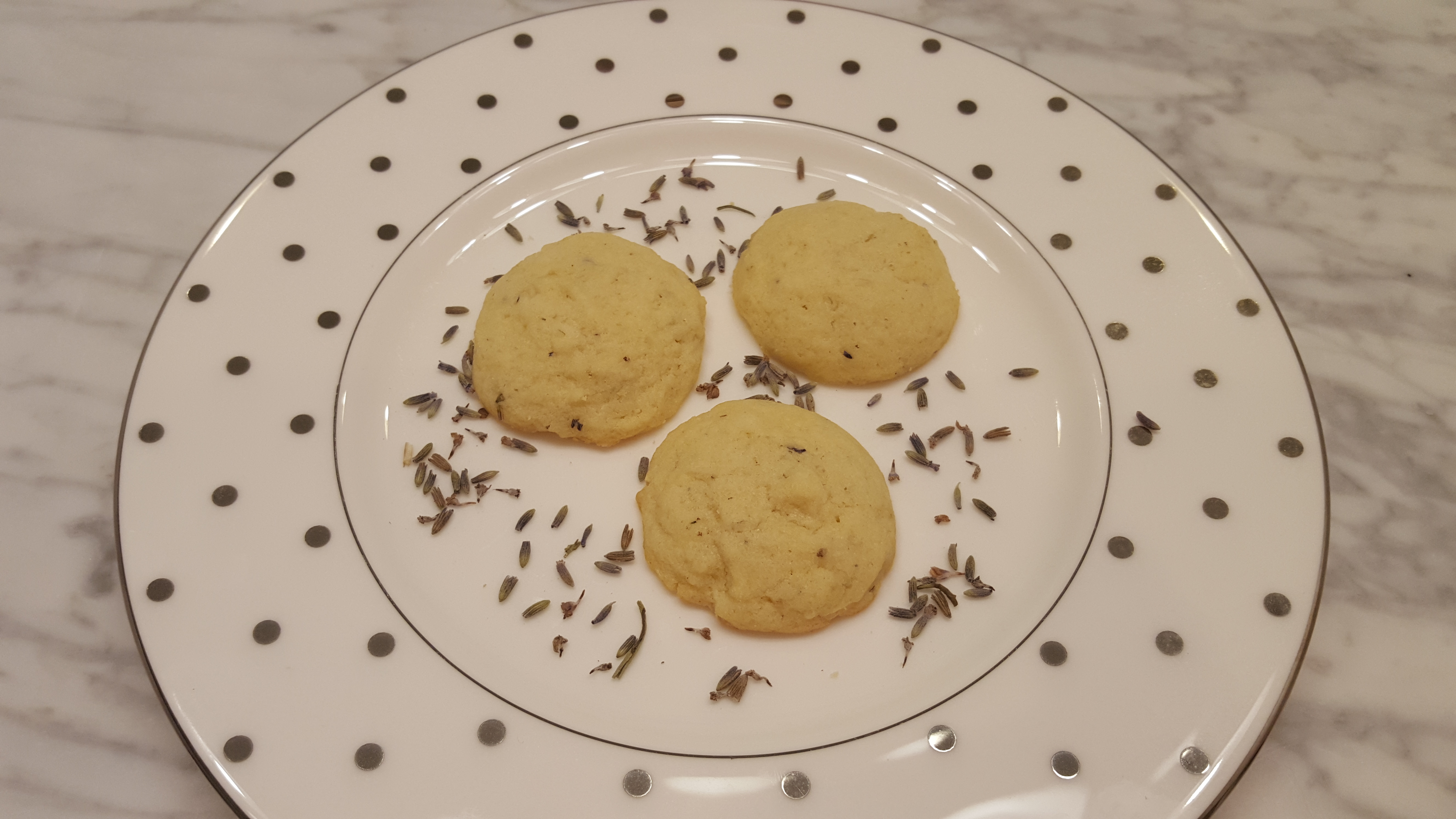
Recipe adapted from Taste of Home.
Sarah Coffey
Education Coordinator

